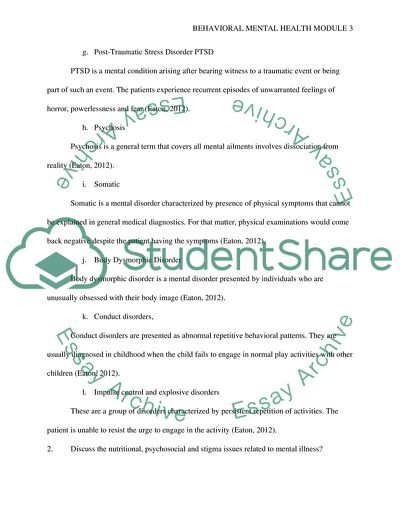Cite this document
(Community module & Mental health module Assignment, n.d.)
Community module & Mental health module Assignment. https://studentshare.org/health-sciences-medicine/1833832-community-module-mental-health-module
Community module & Mental health module Assignment. https://studentshare.org/health-sciences-medicine/1833832-community-module-mental-health-module
(Community Module & Mental Health Module Assignment)
Community Module & Mental Health Module Assignment. https://studentshare.org/health-sciences-medicine/1833832-community-module-mental-health-module.
Community Module & Mental Health Module Assignment. https://studentshare.org/health-sciences-medicine/1833832-community-module-mental-health-module.
“Community Module & Mental Health Module Assignment”. https://studentshare.org/health-sciences-medicine/1833832-community-module-mental-health-module.


